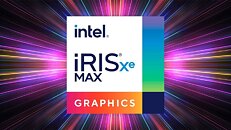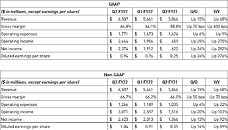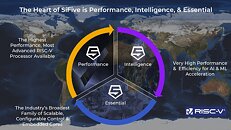Ansys Joins Intel Foundry Services' Design Ecosystem Alliance as an Inaugural Member
Ansys today announced its inaugural partnership to IFS Accelerator - EDA Alliance to provide best-in-class EDA tools and simulation solutions that will support customer innovation, including bespoke silicon for customizable three-dimensional integrated circuit (3D-IC) designs. By leveraging Ansys' market-leading multiphysics solutions, IFS Accelerator will make silicon technology available to customers to design uniquely innovative chips. Ansys' cutting-edge EDA and simulation tools will enable mutual customers to reduce design barriers, minimize design risk and cost, and accelerate time-to-market.
The IFS Accelerator will foster collaborative innovation with world-leading EDA, design services and IP partners to provide a comprehensive design ecosystem with premium process technologies, advanced packaging technologies, and manufacturing capabilities. "We are excited to announce the IFS Accelerator - EDA Alliance as a major step forward for Intel's foundry ambitions," said Rahul Goyal, VP and GM of Intel Product & Design Ecosystem Enablement. "Together with Ansys and other partners, this alliance will create advanced flows and methodologies, and accelerate productivity by combining our knowledge, resources, and shared passion to drive electronic design."
The IFS Accelerator will foster collaborative innovation with world-leading EDA, design services and IP partners to provide a comprehensive design ecosystem with premium process technologies, advanced packaging technologies, and manufacturing capabilities. "We are excited to announce the IFS Accelerator - EDA Alliance as a major step forward for Intel's foundry ambitions," said Rahul Goyal, VP and GM of Intel Product & Design Ecosystem Enablement. "Together with Ansys and other partners, this alliance will create advanced flows and methodologies, and accelerate productivity by combining our knowledge, resources, and shared passion to drive electronic design."















































